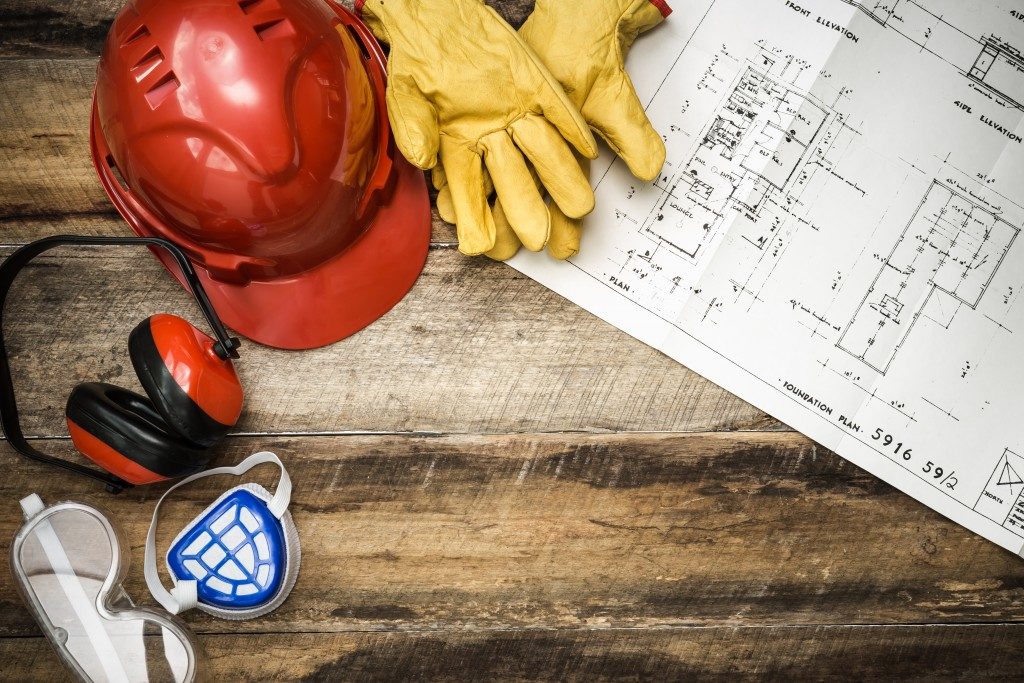Among the most common safety hazards in industrial work environments is a fire caused by sparks. When these sparks fly, you would not want one of your employees to be wearing the wrong type of PPE. While protective clothing forms the last defense line against fires, it is essential for all workers in industrial settings. When cutting back on your costs, it is tempting to settle for the cheapest protective gear on the market. When buying fire-resistant clothing, however, this could be a fatal mistake.
The fire-resistant clothing produced by the top manufacturers of safety clothing in Australia is the solution. This protective clothing is designed to keep the burn area of a wearer under 50% and consequently improve survival rates in case of a fire. The fabric used for this clothing will not melt onto the skin or break and expose the skin. Moreover, it provides thermal insulation to the clothing’s user to protect him/her from the heat of a fire.
The following are the types of fabrics used for fire-resistant clothing.

Wool
This is a natural flame-resistant fiber. It is hard to ignite and it extinguishes the flames should it catch fire. Wool is often treated using a chemical solution that will improve its flame resistance. Moreover, the flame-resistant clothing will feature a tight weave to boost its efficacy. A few people assume that cotton is an ideal substitute for wool for fire-resistant clothing. This is nonetheless a misconception since 100% cotton will catch fire in the presence of an ignition source and will not extinguish itself as other fabrics do.
Synthetic Fabrics
The alternatives, in this case, include polyester, nylon, and synthetic acrylic. Though ordinarily dangerous since they will melt and burn when exposed to the heat, these fabrics are specially treated using fire-resistant chemicals when used in safety clothing. The chemicals boost their ability to withstand heat. Moreover, synthetic materials are inherently considered fire-resistant. This is because they will resist ignition better at higher temperatures compared to natural fabrics.

Aramid Fabrics
These fabrics are often known under their brand names, Nomex and Kevlar. They are the same fabrics used for bulletproof vests and body armor in the law enforcement sector. Aramid fabrics are intrinsically fire-resistant and they have the highest level of resistance. They are generally used for manufacturing heat-resistant gloves for glass blowers and welders, as well as in protective clothing for firefighters. Nomex and Kevlar can be used separately, but are, in most cases, blended into one fabric when used for safety clothing to boost their protection levels.
Modacrylic
This strong and soft synthetic copolymer is among of the most popular ones used nowadays for fire-resistant clothing. It is blended with several fibers to boost its efficacy and create a material that will withstand heat. The modacrylic blend also meets several safety standards or regulations.
Industries where workers are exposed to flammable liquids, solvents, open flames, and electrical discharges should invest in fire-resistant materials. Exposure to flammable gas vapors, molten metals, combustible dust and electrical discharges are also indications for the use of fire-resistant clothing. Other than the right fabric, you should check the clothing’s seams to ensure they are tight enough for your workers’ safety.



